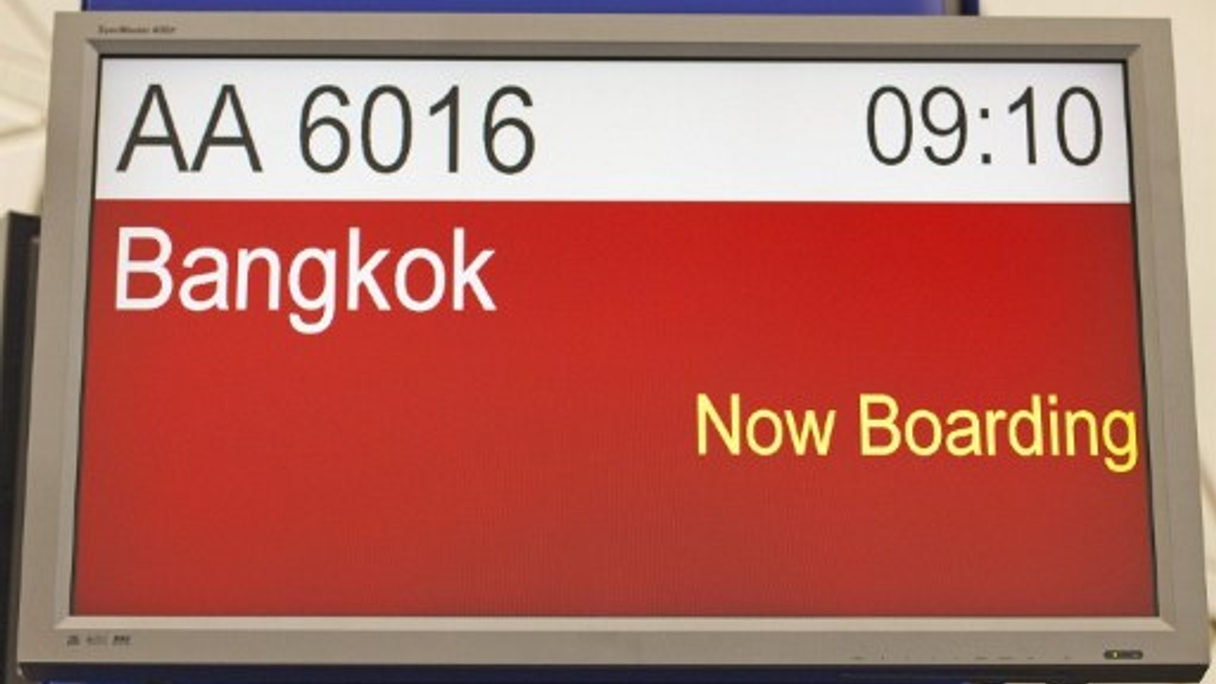Stock markets in most of Southeast Asia have been a sanctuary for global investors. Not just this year, but ever since markets worldwide started to recover in the first quarter of 2009, as investors enjoyed the benefits of monetary easing. A major attraction has been their defensive qualities, which have protected them from cyclical forces and made them less vulnerable to the slump in global consumption.



